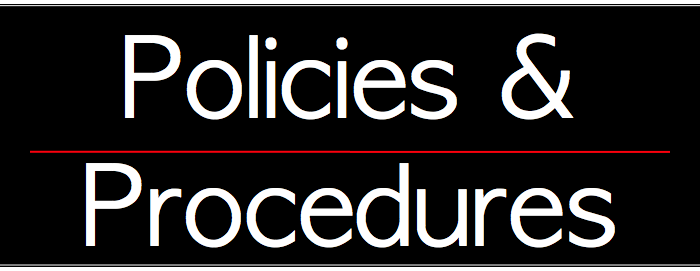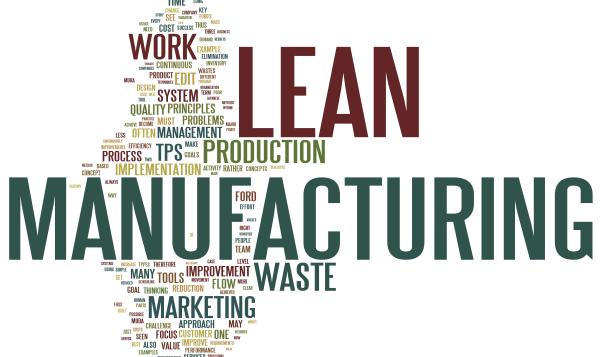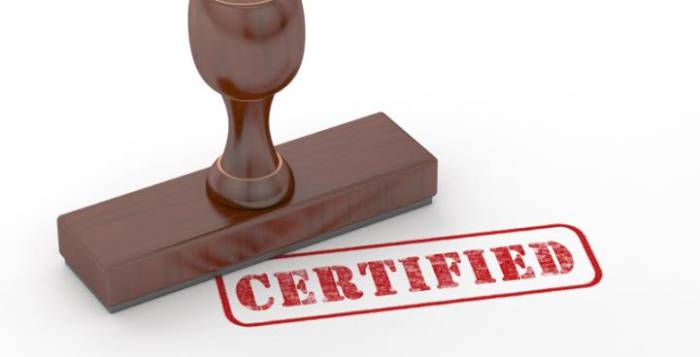On the 8th of December in 2016 Schedule 16 of Bill 70, the Building Ontario Up for Everyone Act (Budget Measures), 2016, gained royal assent and its amendments to the Occupational Health and Safety Act came into effect:
Schedule 16 – Occupational Health and Safety Act – says:
“The Schedule amends the Occupational Health and Safety Act to give the Chief Prevention Officer the power to accredit health and safety management systems, and to give recognition to employers who use accredited health and safety management systems. The Chief Prevention Officer may also establish standards and criteria that must be met by health and safety management systems or employers in order to receive accreditation or recognition. Related amendments are also made.”
What Schedule 16 Means
What this means in a nutshell is that once the CPO (Chief Prevention Officer) has defined the requirements through bill 70 for an accredited health and safety management system, companies could then become certified to that system. Certified companies that are then able to demonstrate their commitment to using a coordinated system to improve their OHAS would then be able to benefit from things such as reduced routine inspections through the MOL.
In addition, the CPO will need to put in place a system that will recognize and incentivize companies to become certified. Details of those companies and their performance can then be made publicly available through the CPO.
Currently the CPO has not yet released any standards for accredited health and safety management systems and has said that they will be holding an “extensive consultation” to develop an “accreditation standard and employer recognition program”. Until the CPO actually defines the standards for accredited health and safety systems, the changes implemented by this act will have no real effect on anyone.
ISO 45001 as a Framework for OHS Standards in Ontario
Of course, an accredited standard is currently on the verge of being released should the CPO want to use the framework provided by ISO. The new standard ISO 45001 Occupational health and safety management system – requirements will follow a similar framework to that of ISO 9001 and 14001 giving companies an accredited standard against which they can be certified by a third party. This new worldwide standard will become available hopefully towards the end of 2017.
Assuming that this will meet the expectations of the CPO and interested parties then this would be a perfect way for companies to start putting in place processes, procedures, and other measures to drive continuous improvement in occupational health and safety.











